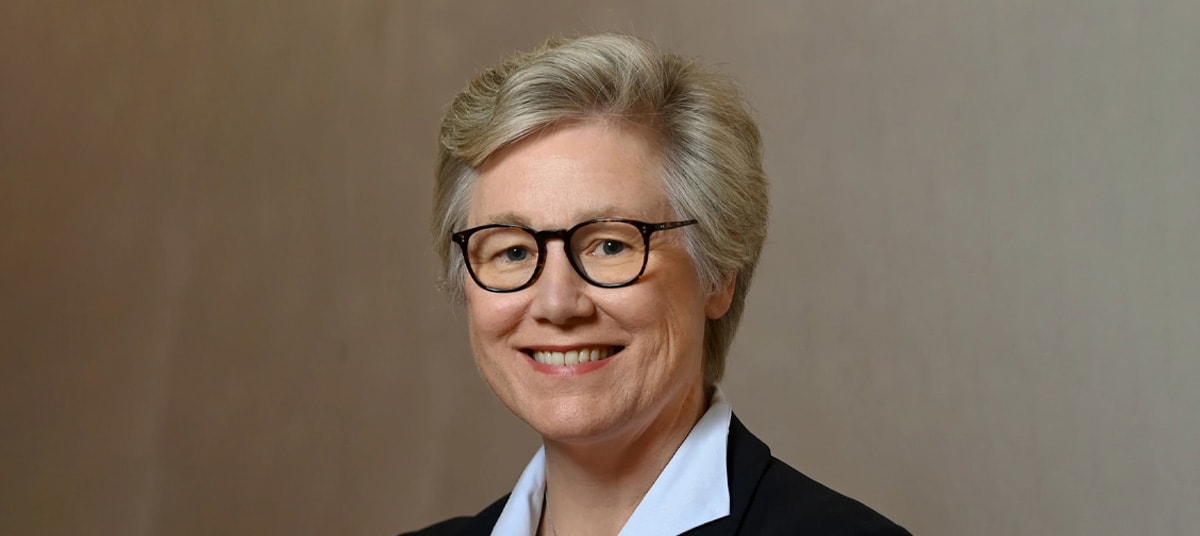
The NAB Commercial Property Index has risen to an eight-year high as hopes are buoyed by the rate-easing cycle.
Sentiment across the commercial property sector rose to an eight-year high in the three months to 31 March 2025, according to the latest data from research and insights group NAB Behavioural & Industry Economics.
The above-average print continues a positive trend observed in recent quarters and comes at the prospect of further cash rate cuts.
The NAB Commercial Property Survey for Q1 2025 showed the Commercial Property Index – a measure of sentiment obtained from a survey of 280 property professionals, including estate agents, developers, asset fund managers, owners and investors – had risen to +24 pts.
This print continued the positive trend observed in recent quarters, with sentiment well above the long-term average (-1 pts).
Sentiment was strongest in the CBD hotel property segment (steady at +50 pts), with industrial (up 4 pts to +46 pts), retail (up 24 pts to +17 pts) and office property (up 6 pts to +11 pts) all posting positive gains.
Around the country, Queensland recorded the highest quarterly increase in sentiment in the quarter (up 19 pts to +47 pts), followed by NSW (up 4 pts to +14 pts). Sentiment eased in South Australia/North Territory (down 1 pt to +43 pts) and Western Australia (down 4pts to +40pts), while remaining above the national average.
However, Victoria continued to print negatively, despite posting an improvement in the quarter (up 15 pts to -16 pts).
Sally Auld, NAB Group’s chief economist (who authored the report), said the data continued a run of sentiment improvements seen in recent quarters.
“February’s rate cut and promises of more to come (NAB has rates moving down through 2025 to 2.85 per cent by November) are likely to have helped fuelled optimism in the sector,” Auld said.
Confidence boost
The NAB survey also showed an uptick in both short- and long-term confidence, with the 12-month measure reaching a seven-and-a-half-year high of +38 pts (up from +27 pts) and the two-year measure at its highest level in more than 13 years (up 17 pts to +53 pts).
Meanwhile, the number of property developers planning to start a new project within the next six months rose to 48 per cent (up from 37 per cent), with almost six in 10 (55 per cent) targeting residential projects.
The ease of acquiring debt also improved to -4 pts in the three months to 30 March 2025, up from -13 pts reported during the previous quarter.
However, the intent to source more capital remained flat quarter-on-quarter for the next six months (26 per cent) and six to 12 months (30 per cent), with a slight decrease in 12 to 24 months (32 per cent compared to 35 per cent in the fourth quarter of 2024).
Commercially minded
In a recent feature in The Adviser’s May magazine, Belinda Wright, head of partnerships and distribution at non-bank lender Thinktank, said commercial property lending has continued to expand across Australia.
“The industrial property sector has remained a standout performer, with mortgage demand continuing to rise,” Wright told The Adviser.
“Exposure limits increased by 12.1 per cent over the year to June 2024, largely driven by the expansion of e-commerce and the growing need for logistics and warehouse space.”
However, Wright said the office sector faced ongoing challenges due to the shift towards hybrid work, resulting in more subdued lending growth.
“Exposure limits for office properties rose by just 1.1 per cent over the same period, reflecting investor caution and a revaluation of office space requirements,” she said.
“Retail properties have [also] experienced moderate growth, with exposure limits increasing by 3.7 per cent as consumer spending patterns evolve and shopping centres adapt to changing preferences.”
[Related: The other 60%: Tapping into the commercial opportunity]
